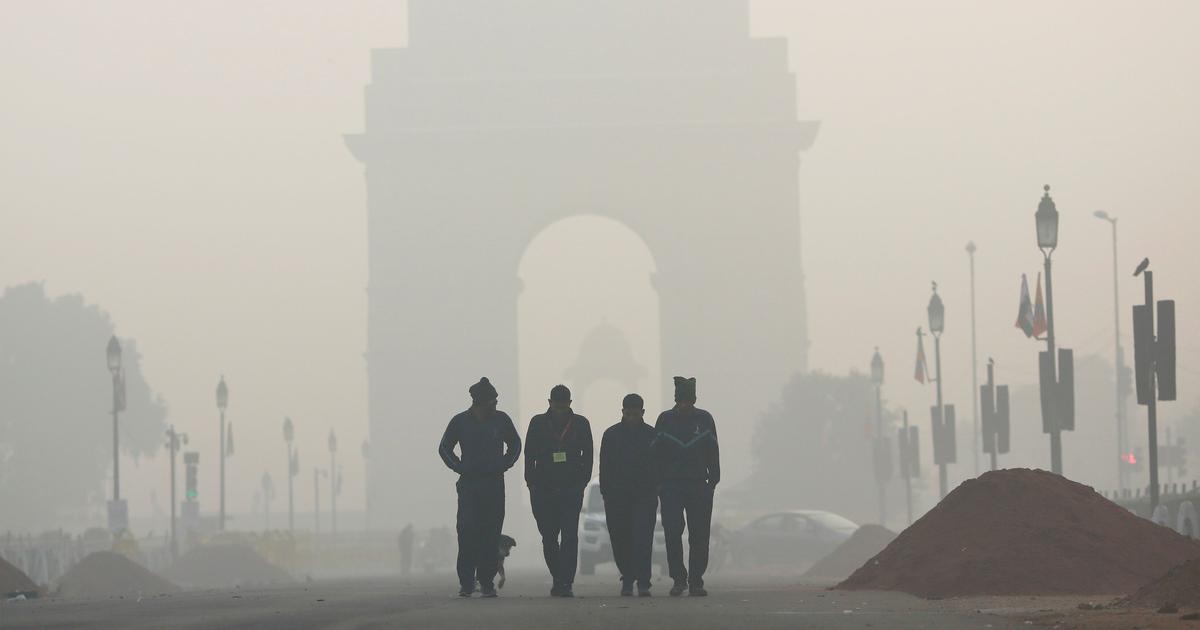The much-discussed Supreme Court judgment last year, arguably made a tangible impact this time, as all major metro cities reported much lower pollution levels after Diwali, as compared to the toxins found in the atmosphere in the past years. All prominent Tier-I cities like Mumbai, Pune, Ahmedabad etc reported satisfactory air quality barring the National Capital, which also clocked an improvement when compared to data from the last three years.
DELHI: According to System of Air Quality and Weather Forecasting And Research (SAFAR), the overall air quality of Delhi is in a Severe category a day after Diwali, when the festivities still aren’t completely over for large parts of north India, that celebrate Diwali over a five day period. Though the PM2.5 concentrations peaked at around midnight, the concentrations were lower than in the past three years, SAFAR reported.
The Supreme Court had in 2018 restricted the use of firecrackers between 8 to 10 pm and banned the use of regular firecrackers. Following which green crackers were used into action.
SAFAR reported that the main factors contributing to this were high wind speeds, which helped to flush out and disperse high firecracker emissions.
The Central Pollution Control Board also confirmed this as it observed that the city’s average PM2.5 level was 284 micrograms per cubic meter (µg/cubic meter), the apex anti-pollution body said in a special report. The average PM2.5 level on Diwali was 40 µg/cubic meter less than last year. The PM10 concentration also reduced by 41 µg/cubic meter, according to the report.
The Delhi Pollution Control Committee also said fewer fireworks, rigorous night patrolling and enforcement measures to curb instigators reduced the PM2.5 and PM10 levels by 30 percent on Diwali night this year as compared to 2018. The decline in emissions of dangerous PM10 and PM2.5 particles across Delhi ranged from 20 to 50 percent, indicating the air quality was better than previous years, the DPCC said in a statement. SAFAR forecasted AQI to improve to higher-end very poor category on Tuesday and a slight increase in wind speed is expected by 30 October will help improve AQI marginally to middle end of the Very poor category.

